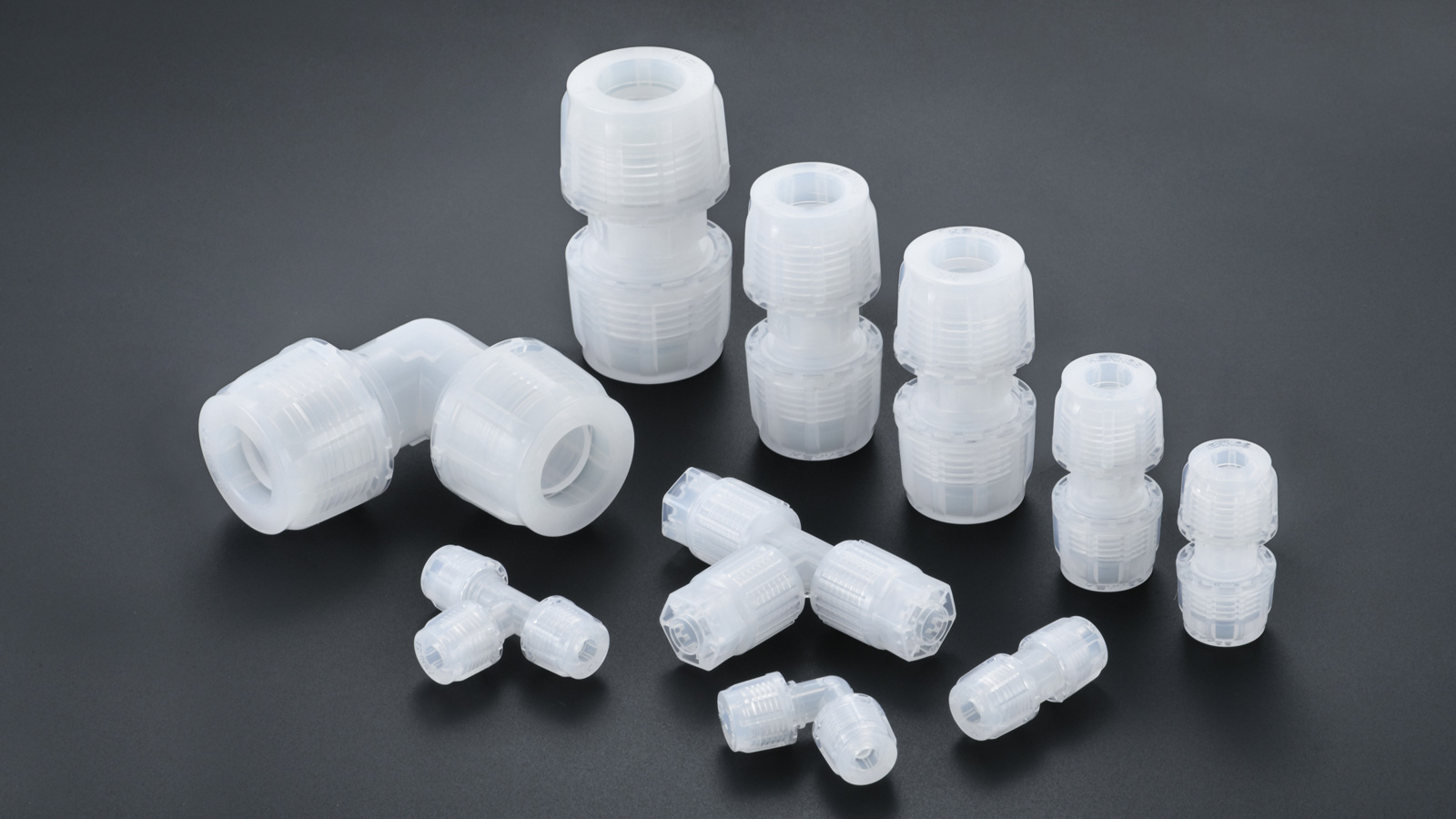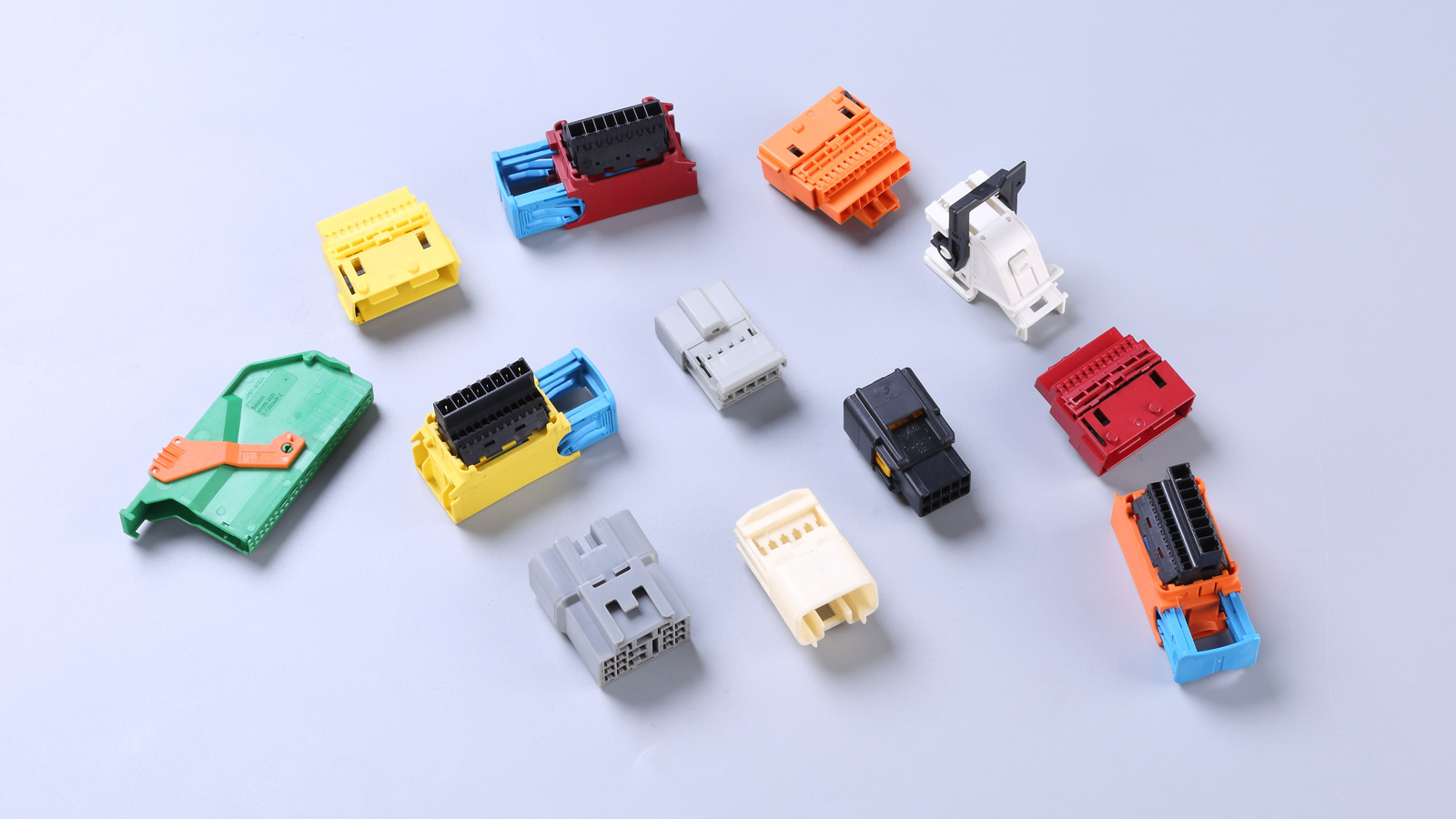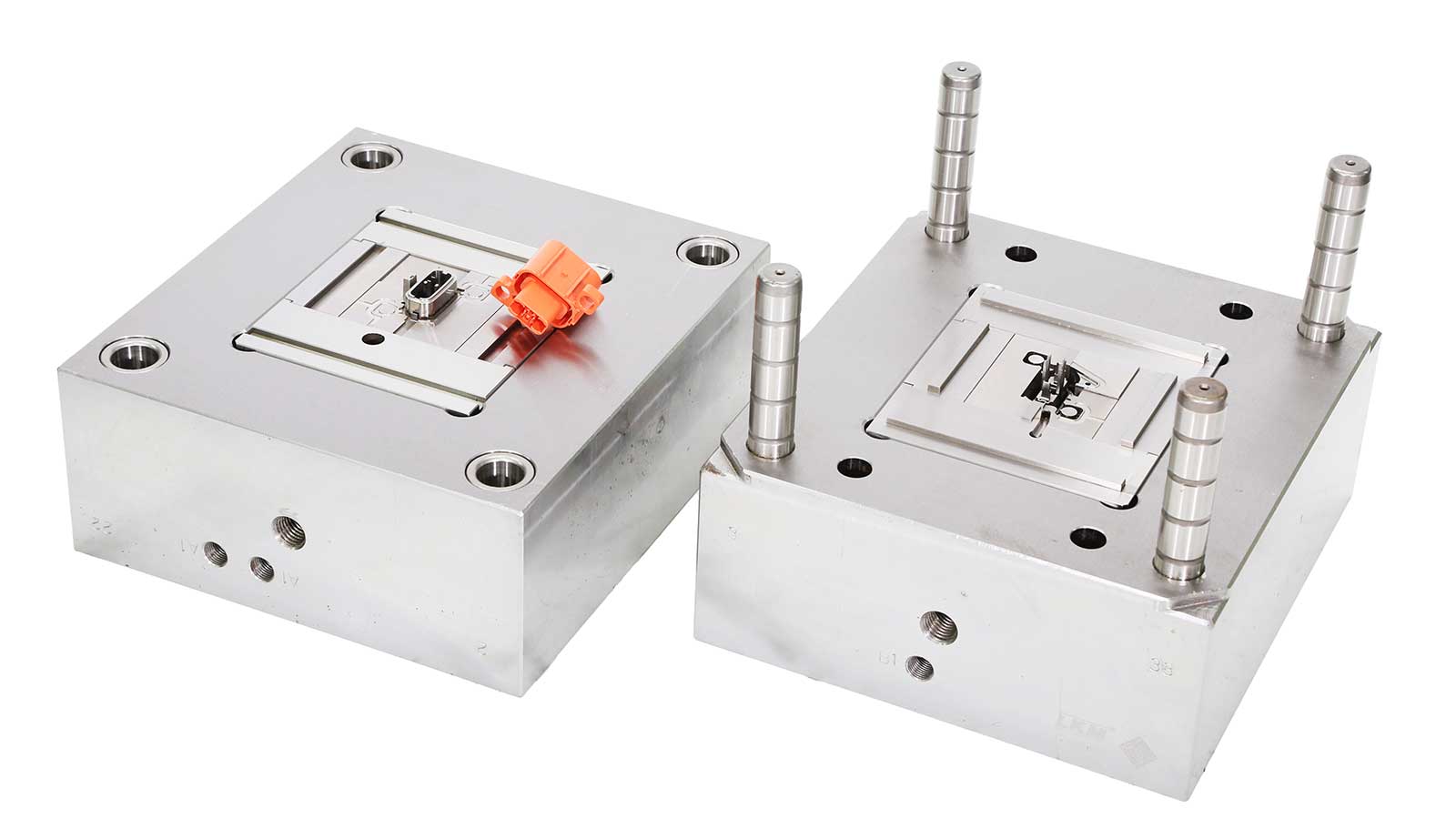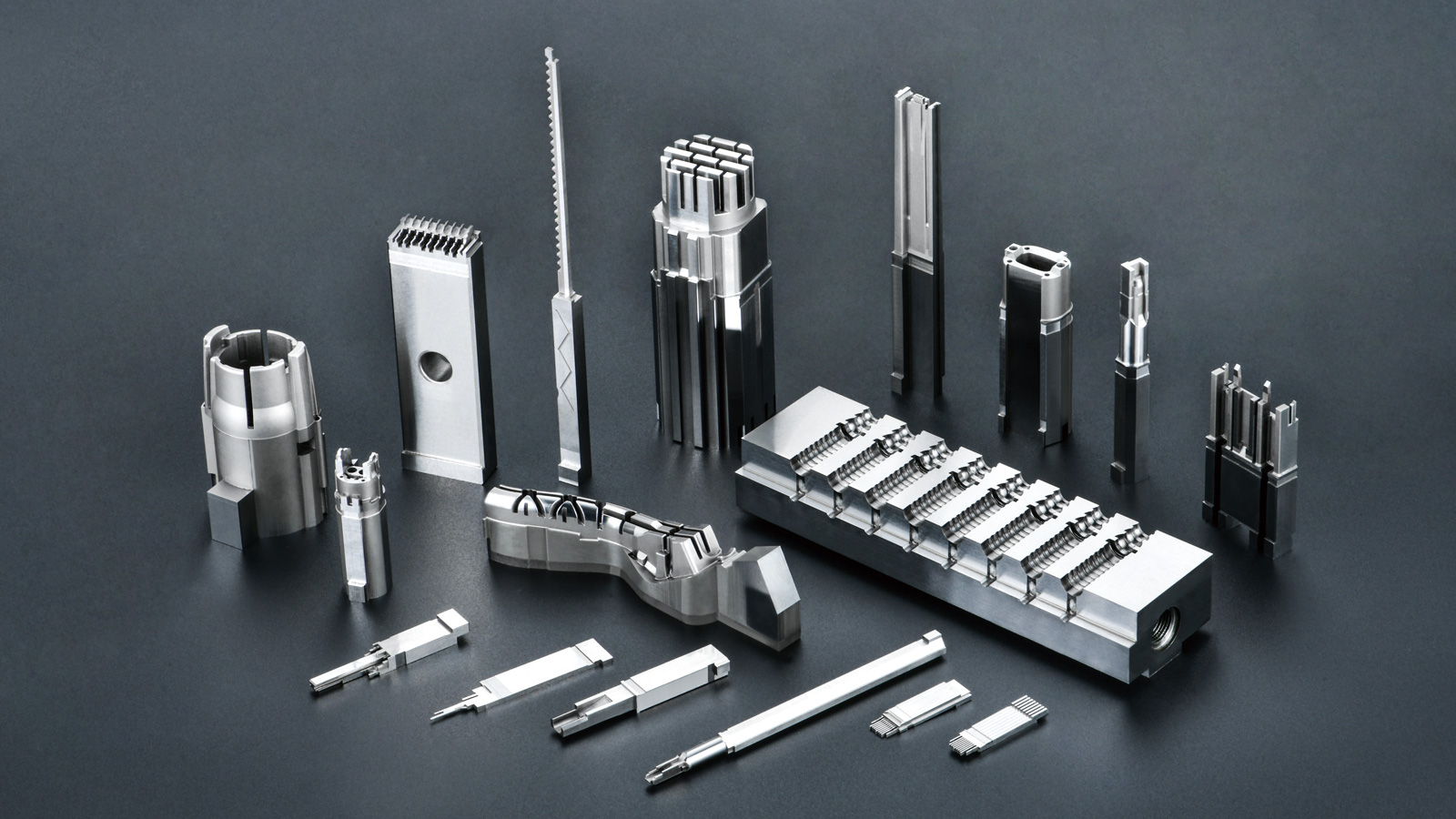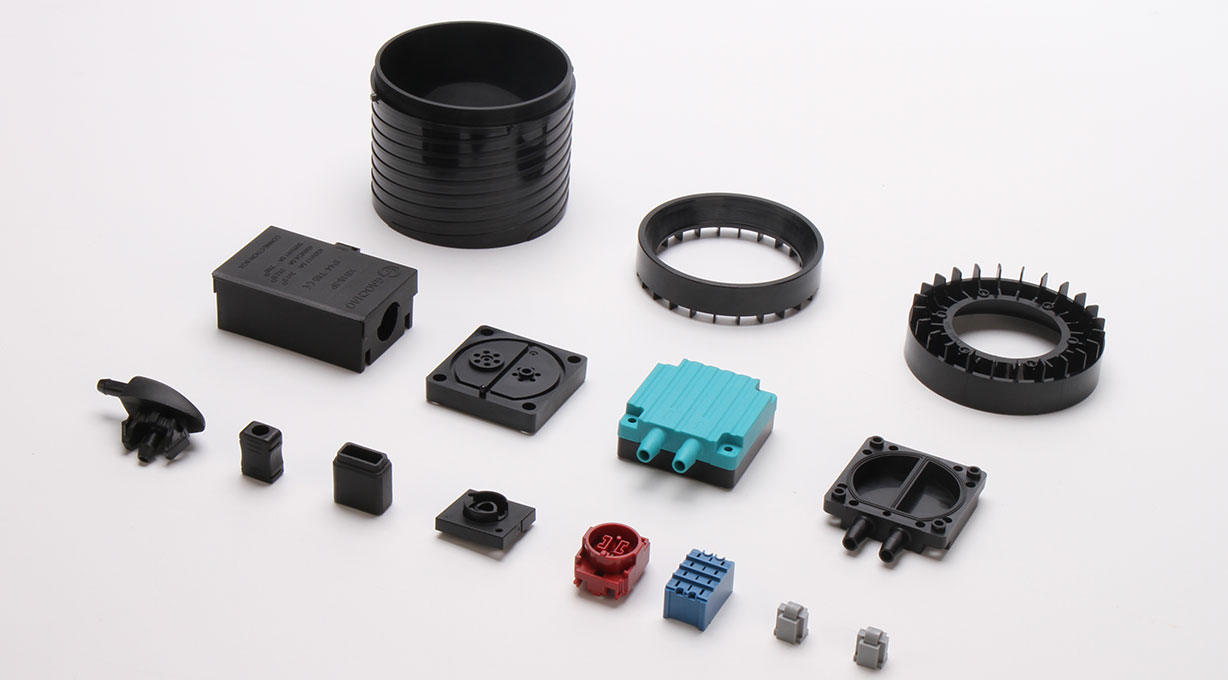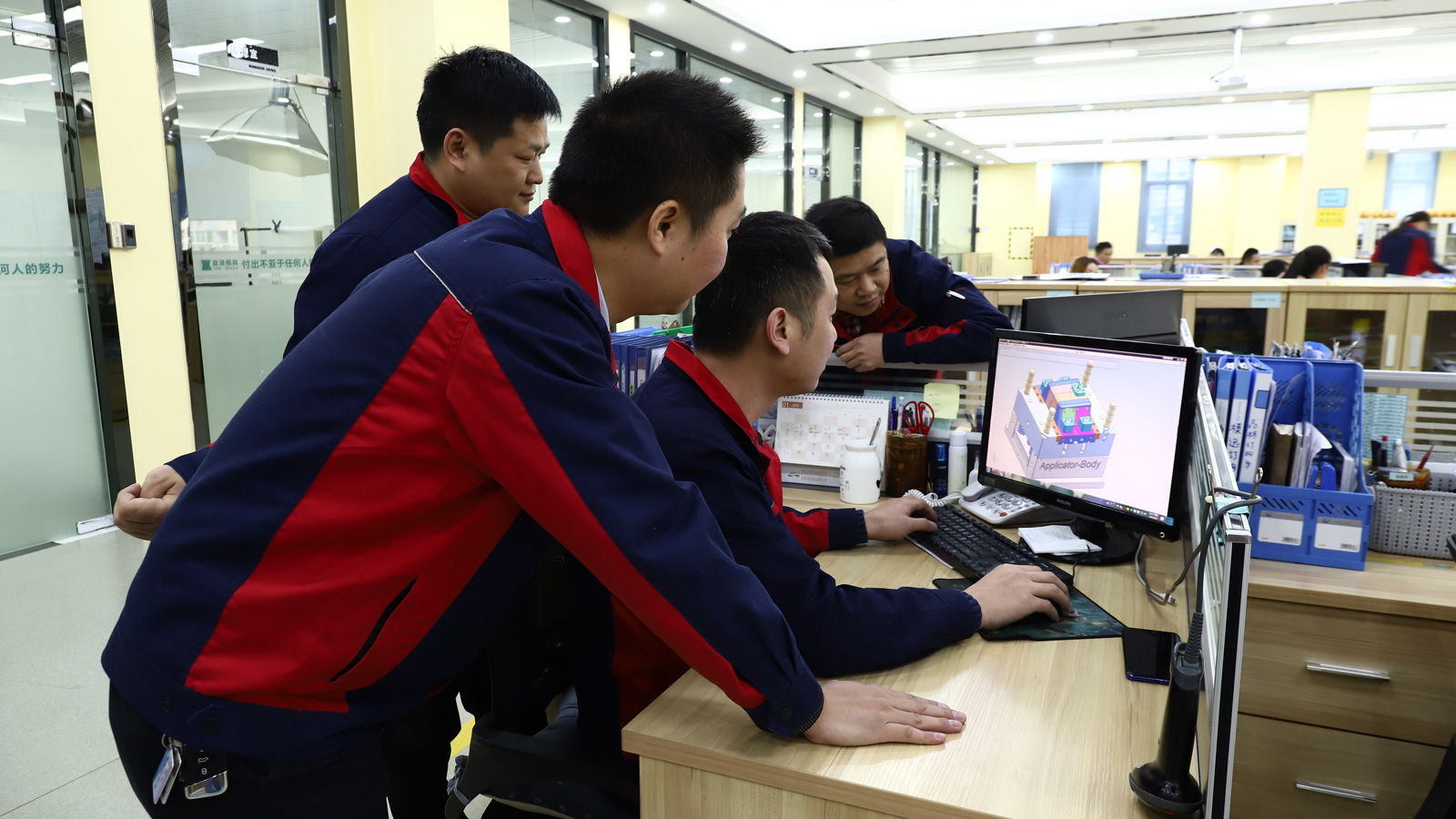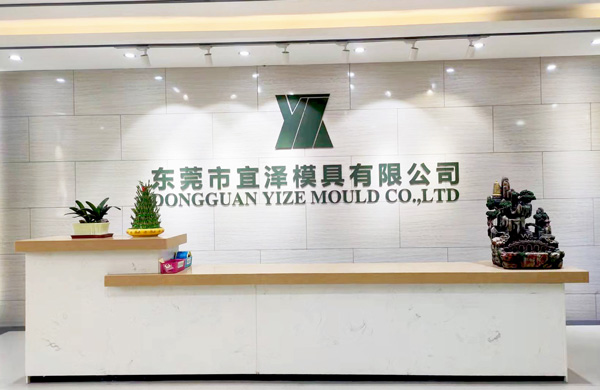According to statistics, China’s new energy market holds tremendous potential for growth in the coming years. With the increasing global focus on environmental issues, the demand for green energy is continuously rising. The new energy market is poised for massive development and is becoming a new industrial hotspot. Yize Mould has also entered the new energy industry, offering not only injection molding processing for new energy automobile connectors and medical plastic products but also customized injection molding for new energy products and other accessories. Today, let’s analyze the advantages and disadvantages of new energy outer box injection molding parts.
New energy outer box injection molding is an advanced manufacturing technology that plays a crucial role in the new energy industry. Injection molding is a process in which molten plastic is injected into a mold and allowed to cool and solidify to obtain the desired product. In the new energy sector, outer box injection molding is widely used in the manufacturing process of solar panels, electric vehicle batteries, energy storage devices, and other products.
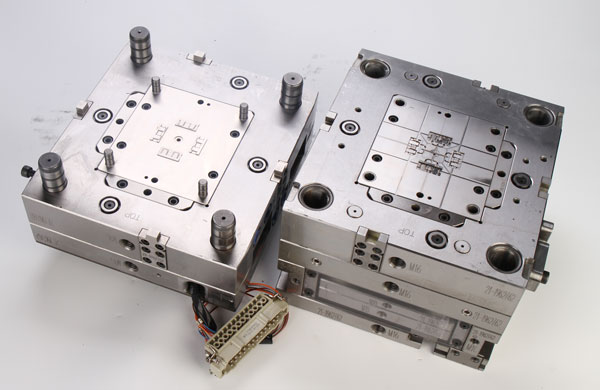
New energy outer box injection molding’s advantages are significant. Firstly, the injection molding process enables rapid mass production. Compared to traditional manufacturing processes, it greatly improves production efficiency by completing large-scale production in a shorter period. Additionally, the injection molding process allows for the integrated molding of products, reducing assembly steps and enhancing product stability and reliability. Secondly, new energy outer box injection molding offers excellent material properties. The injection-molded products are typically made from high-strength, high-temperature-resistant, and corrosion-resistant engineering plastics that can withstand external environmental impacts and protect the internal new energy equipment. These materials have good insulating properties, which can isolate electrical currents and improve product performance. Furthermore, the injection molding materials are cost-effective and highly plastic, enabling them to meet the design requirements for complex shapes and providing more design freedom.
However, this technology also has some drawbacks. The process is relatively complex, requiring precise mold design and processing, as well as strict process control, which increases production costs and technical barriers. Additionally, the injection molding process has high environmental requirements, necessitating tight control over temperature, pressure, and other process parameters to ensure product quality and stability. Moreover, the injection molding process generates a certain amount of waste material and wastewater, which can have an impact on the environment.

